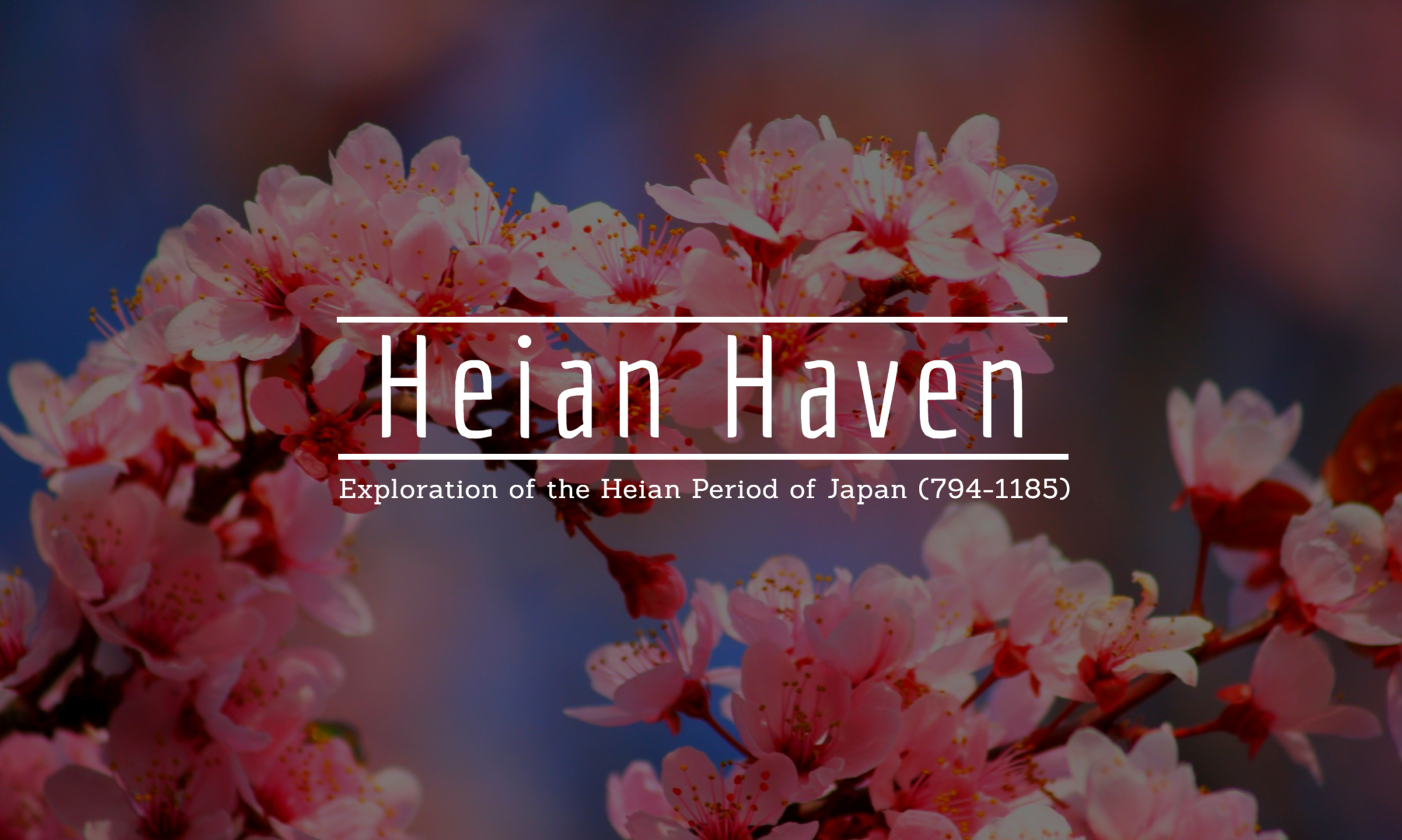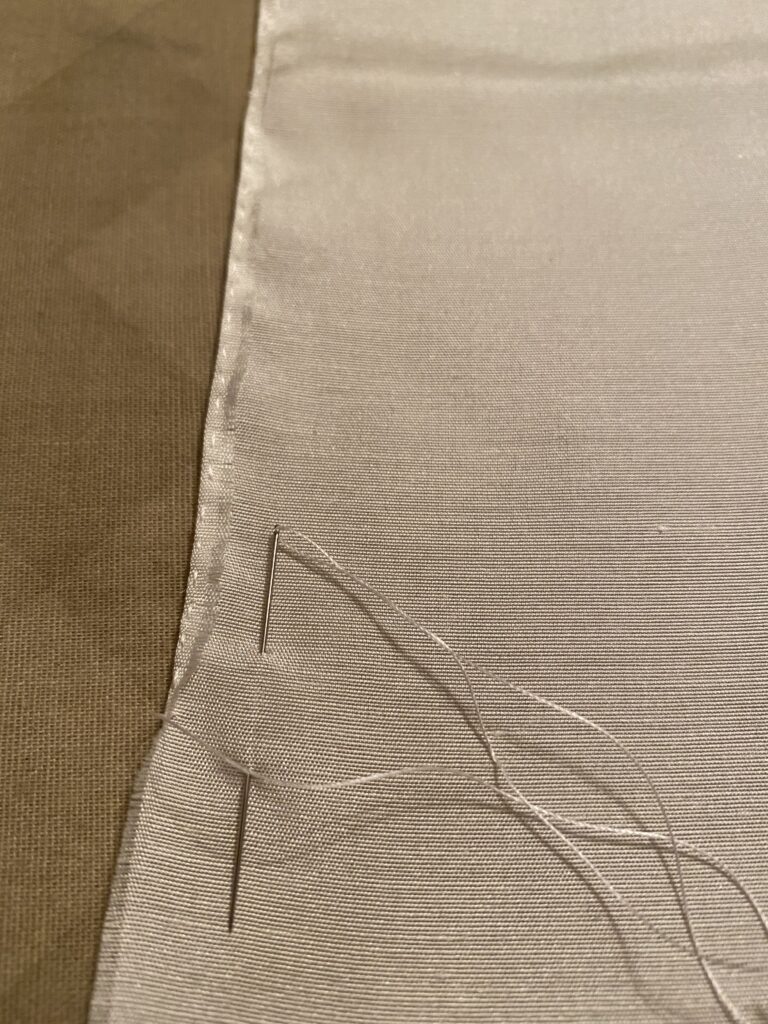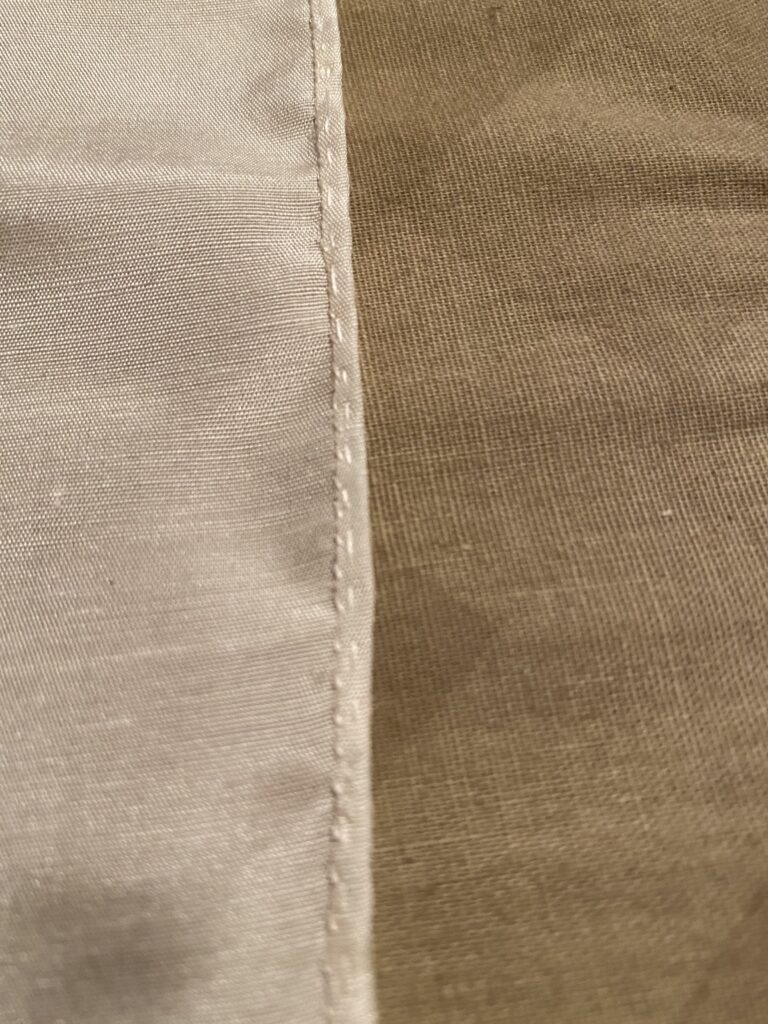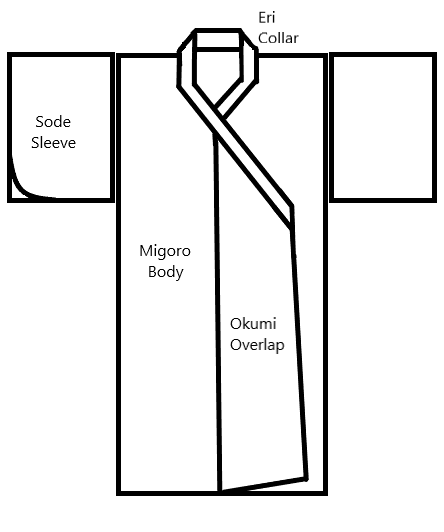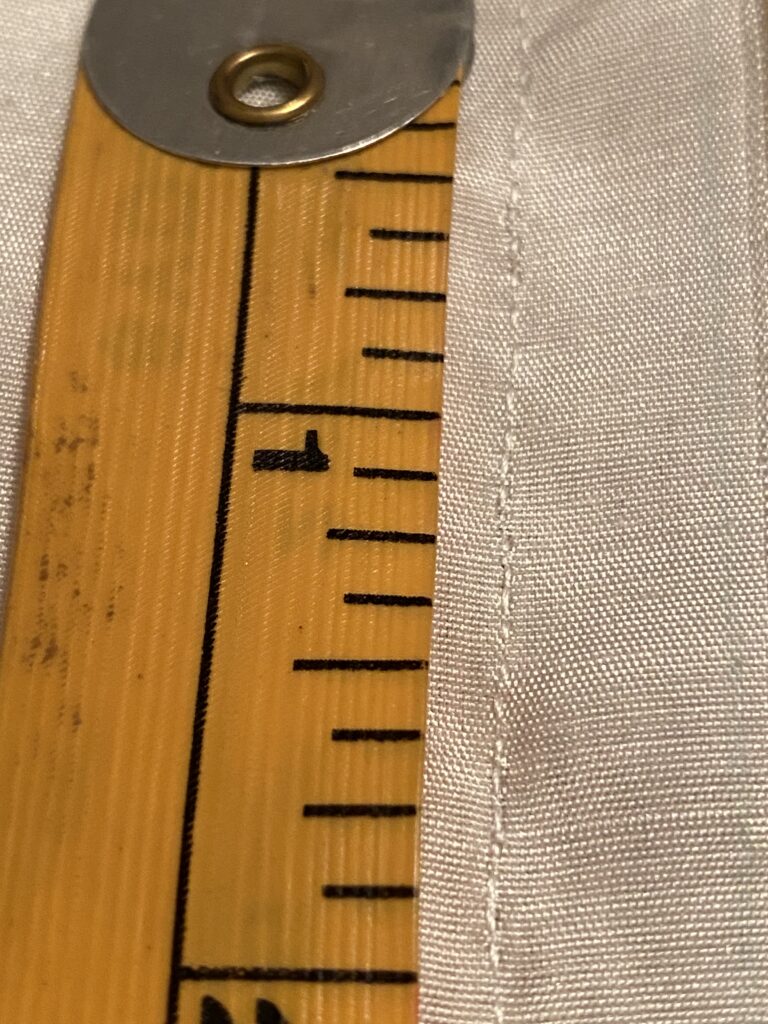Today feels really productive. I cut down the okumi, overlap panels, cut open the migoro, body panels, and pinned everything together.
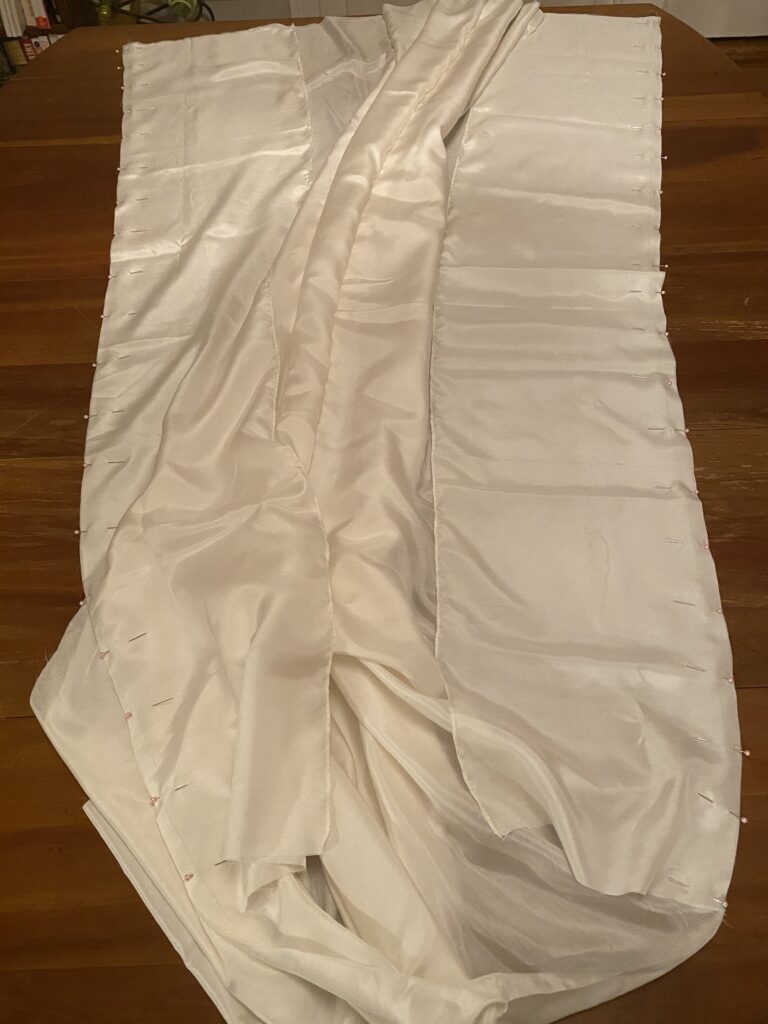
Stitching the okumi on to the migoro is progressing nicely, and I’ll likely finish before I go to bed. That should probably read I won’t go to bed until I finish.
I’ve been thinking about all the kosode I’ve made. This one is almost the same, but so far, the differences are immense.
The fabric choice. I’ve made kosode from multiple weights of cotton and linen. Nothing compares to how fine working with the silk is. I’m sitting with the majority of the garment in my lap while stitching and it’s just so light and folds down so small.
Stitching. It is taking eons longer to sew by hand than it did by machine. My seams are just as straight. The machine has more precision in stitch length. But my little running stitches don’t randomly produce bobbin vomit (this is when the bottom or bobbin thread on the machine gets loopy and becomes this awful mass of thread). I’m also enjoying sewing by hand for the sheer lack of noise. Sewing machines are loud. Tension is a toss up between the two.
A different take / On a tune I heard before / Once upon a time / Meter and rhyme – changed, but / This feeling has the same score.
